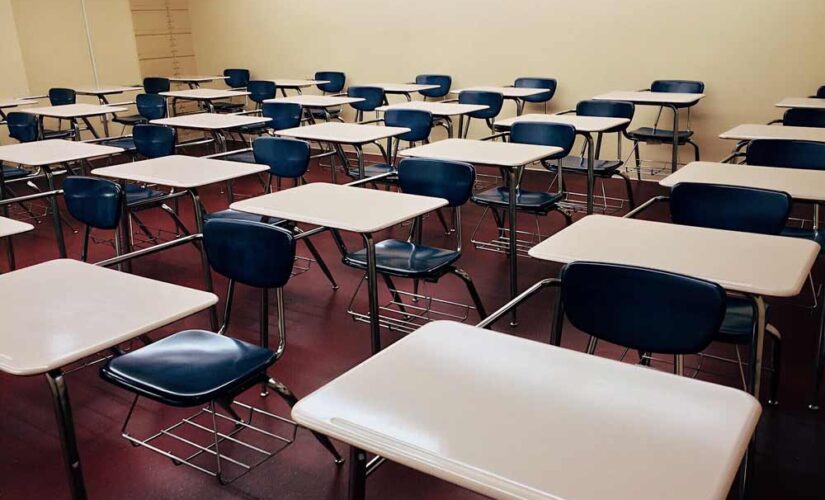The archaeology of Israel is the study of the archaeology of the present-day Israel, stretching from prehistory through three millennia of documented…
#44 Lots of great free sheurim, lectures and classes

When you have a country of “People of the Book”, you would expect there to be a wide choice of classes, courses and sheurim. You will not be disappointed.
In Judaism, the term “People of the Book” (Am HaSefer) is a term to designate the Jewish people, in reference to the Torah or to the entire Hebrew Bible.
Jewish education (Hebrew: חינוך, Chinuch) is the transmission of the tenets, principles, and religious laws of Judaism. Known as the “people of the book”, Jews value education, and the value of education is strongly embedded in Jewish culture. Judaism places a heavy emphasis on Torah study, from the early days of studying the Tanakh.
History
Jewish education has been valued since the birth of Judaism. In the Hebrew Bible Abraham is lauded for instructing his offspring in God’s ways.[5] One of the basic duties of Jewish parents is to provide for the instruction of their children as set forth in the first paragraph of the Shema Yisrael prayer: “Take to heart these instructions with which I charge you this day. Impress them upon your children. Recite them when you stay at home and when you are away, when you lie down and when you get up. Bind them as sign on your hand and let them serve as a symbol on your forehead; inscribe them on the doorposts of your house and your gates” (Deut. 6:6-9). Additionally, children are advised to seek the instruction of their parents: “Remember the days of old, consider the years of many generations; ask thy father, and he will declare unto thee, thine elders, and they will tell thee” (Deut. 32:7). The Book of Proverbs also contains many verses related to education: “My son, do not forget my teaching, but let your mind retain my commandments; For they will bestow on you length of days, years of life and well-being“ (Prov. 3:1-2).
Elementary school learning was considered compulsory by Simeon ben Shetah in 75 BCE and by Joshua ben Gamla in 64 CE. The education of older boys and men in a beit midrash can be traced back to the period of the Second Temple . The Talmud, states that children should begin school at six, and should not be kept from education by other tasks.
According to Judah ben Tema, “At five years the age is reached for studying Mikra, at ten for studying the Mishnah, at thirteen for fulfilling the mitzvoth, at fifteen for studying Talmud” (Avot 5:21). Mikra refers to the written Torah, Mishnah refers to the complementary oral Torah (the concise and precise laws dictating how the written Torah’s commandments are achieved) and Talmud refers to comprehension of the oral and written law’s unity and contemplation of the laws. The term “Talmud” used here is a method of study and is not to be confused by the later compilations by the same name. In keeping with this tradition, Jews established their own schools or hired private tutors for their children until the end of the 18th century. Schools were housed in annexes or separate buildings close to the synagogue.
Rabban Gamaliel, the son of Rabbi Judah Hanasi said that the study of the Torah is excellent when combined with Derech Eretz, worldly occupation, for toil in them both keeps sin out of one’s mind; But [study of the] Torah which is not combined with a worldly occupation, in the end comes to be neglected and becomes the cause of sin.



